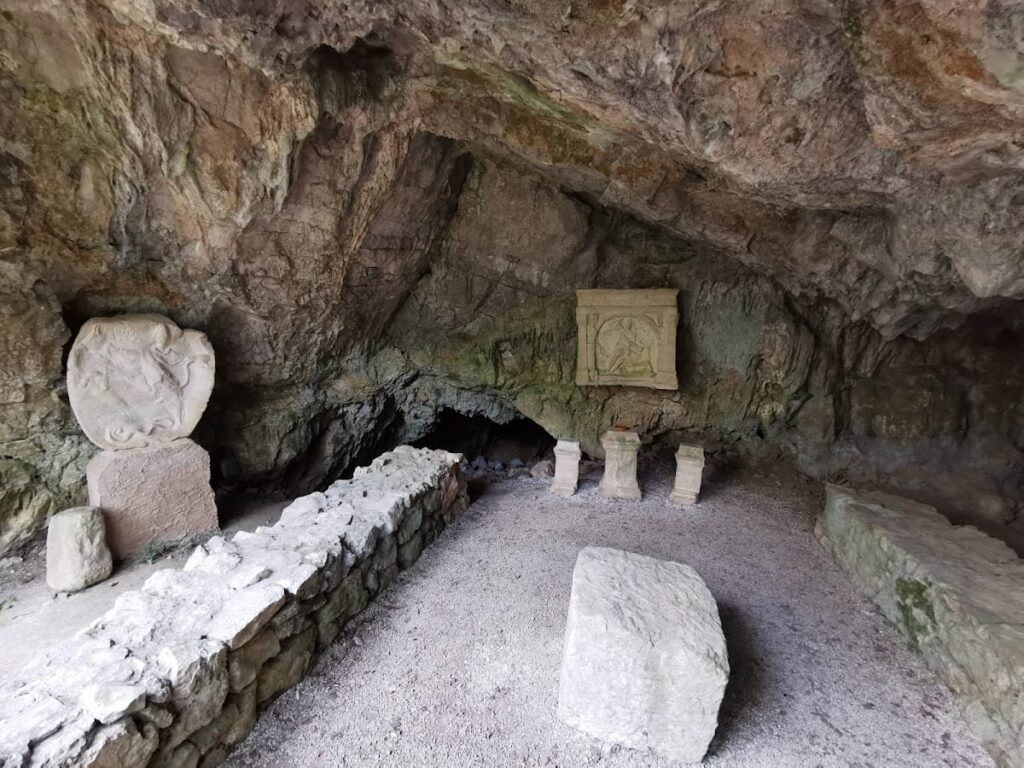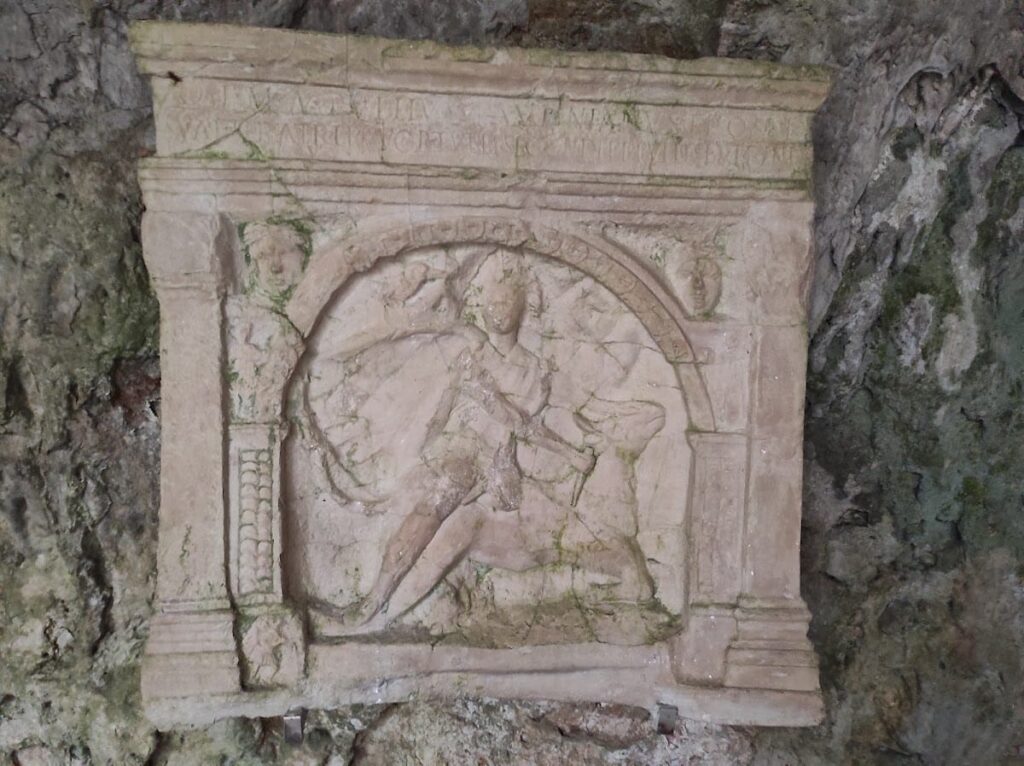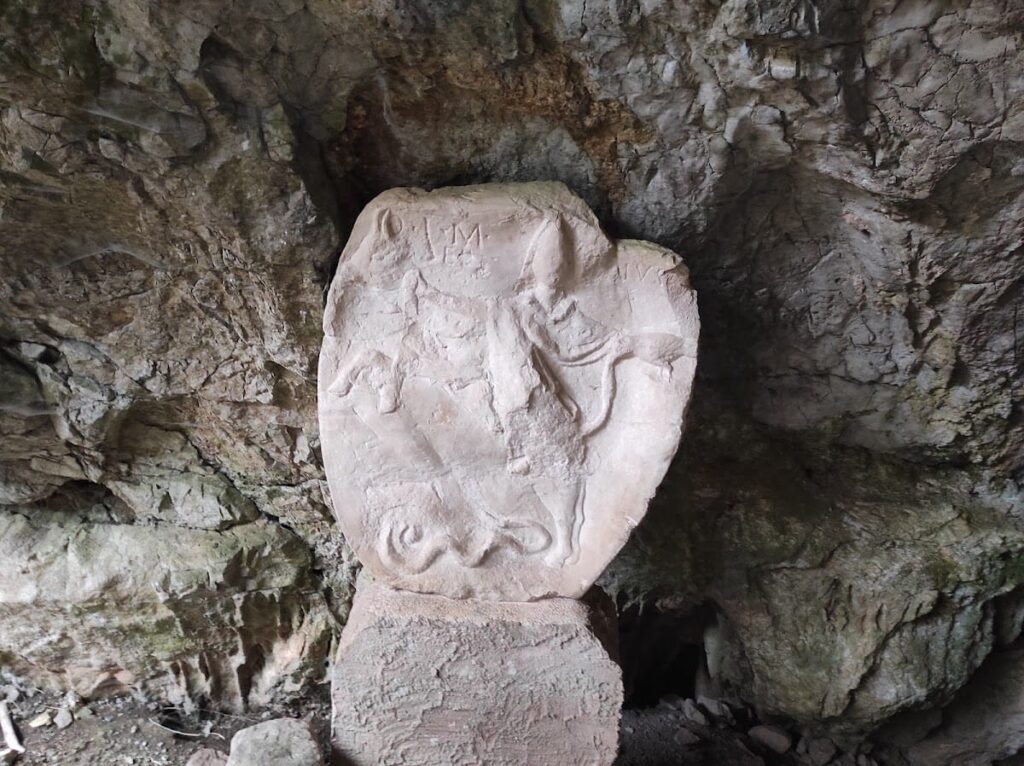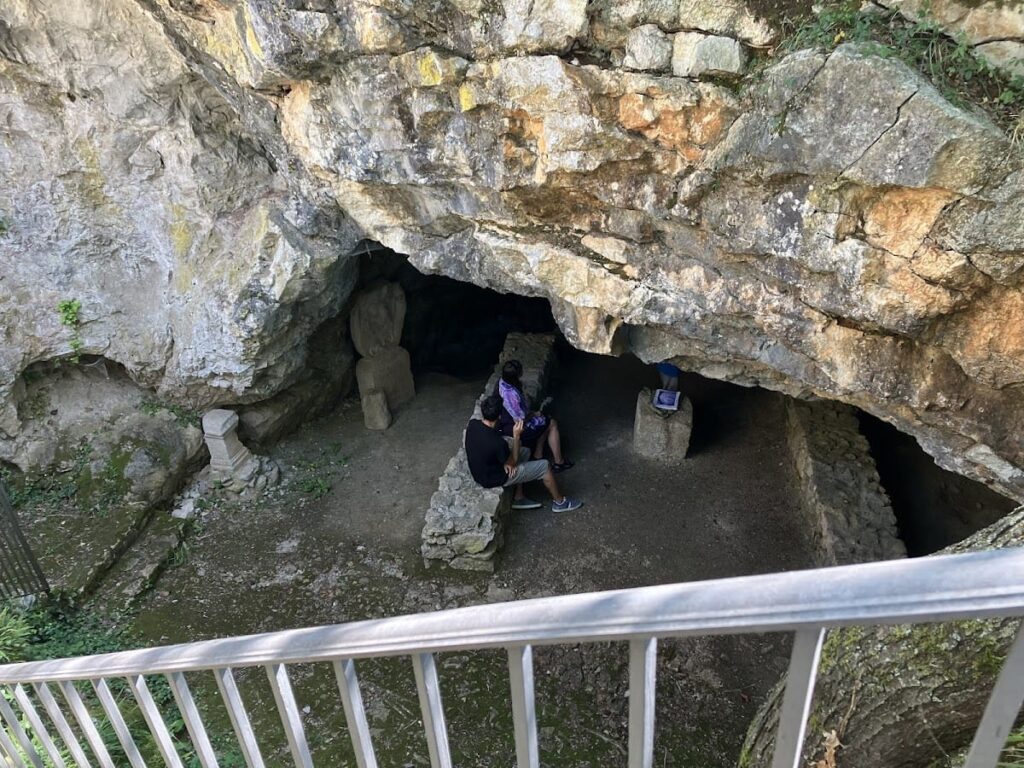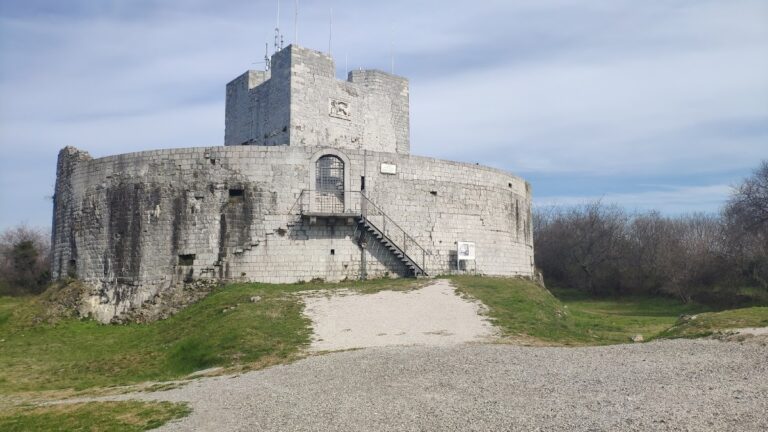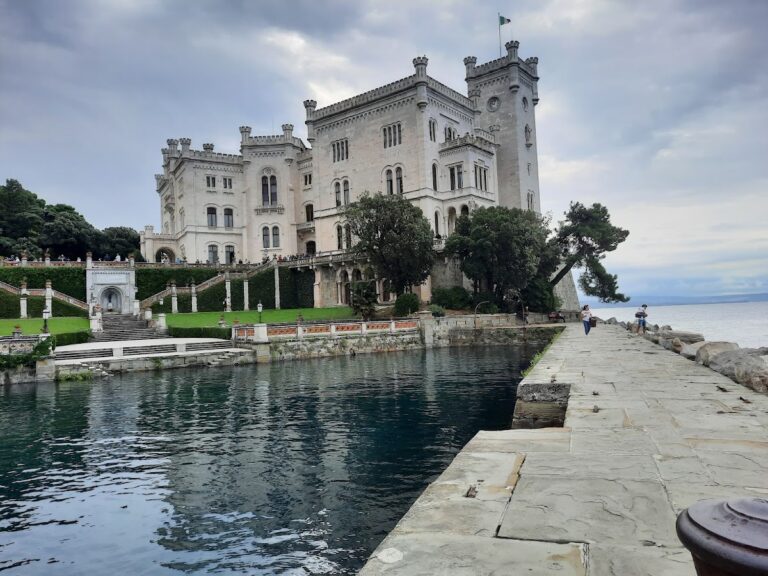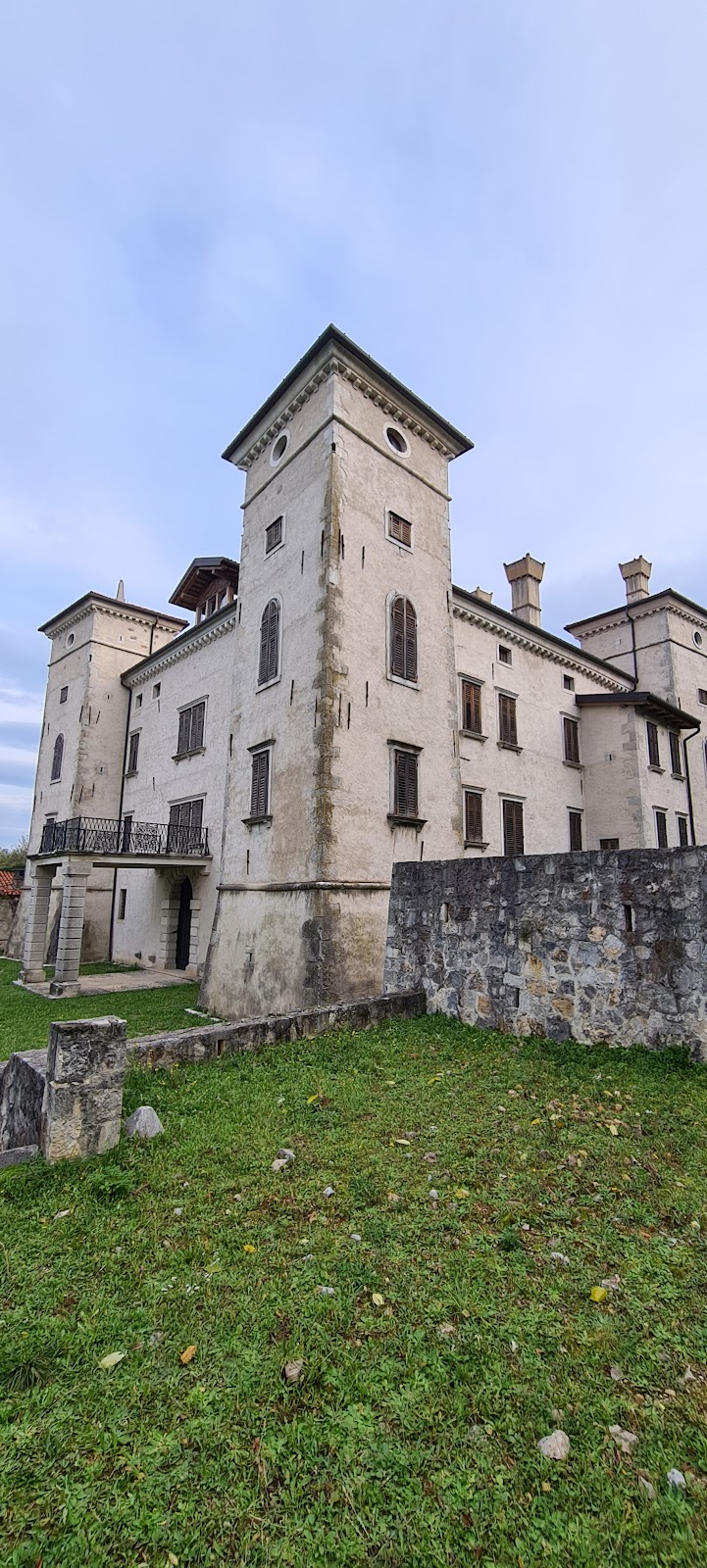Duino Mithraeum: A Roman Mithraic Worship Site in Italy
Visitor Information
Google Rating: 4.3
Popularity: Low
Google Maps: View on Google Maps
Official Website: www.flondar.it
Country: Italy
Civilization: Roman
Remains: Religious
History
The Duino Mithraeum is located near Duino-Aurisina, a town in the province of Trieste, within the Friuli-Venezia Giulia region of northeastern Italy. This area lies close to the sources of the Timavo River and near the Villaggio del Pescatore archaeological site. The Mithraeum was established during the Roman period, specifically from the late 1st century CE, as a place of worship for followers of the Mithraic cult, a mystery religion that spread throughout the Greco-Roman world.
From its inception in the late 1st century CE, the Duino Mithraeum served as a sacred site dedicated to the god Mithras. The cult thrived here until the gradual rise of Christianity, which led to the decline of Mithraic practices across the Roman Empire. The Mithraeum likely ceased its religious function by the 4th century CE as Christianity became dominant.
The site remained hidden and unused for many centuries until its rediscovery in the mid-20th century. Sources vary on the exact date, placing the discovery between 1965 and the 1970s during explorations of the Karst region near Trieste. Since then, archaeological investigations have revealed the Mithraeum’s role as a cultic center, providing insight into the religious life of Roman-era worshippers in this part of Italy.
Remains
The Duino Mithraeum occupies a natural underground cave, which was adapted for ritual use rather than built from scratch. The cave’s entrance allows natural light to enter, illuminating the interior space where ceremonies took place. Inside, two benches are arranged facing each other along the central axis of the cave, likely intended for participants or initiates during worship.
At the center between the benches stands a roughly squared limestone block serving as an altar. This altar was the focal point for ritual activities dedicated to Mithras. On one of the lower cave walls, a commemorative plaque or stele depicts the tauroctony scene, showing Mithras slaying a bull, a key symbolic image in Mithraic worship.
Archaeological excavations uncovered numerous votive offerings, including about 400 coins, oil lamps, and many small pottery jars. These items indicate active religious use and the practice of leaving offerings to the deity. Several small votive altars are also present within the cave, further confirming its sacred function.
The site’s preservation allows clear identification of the main ritual furnishings and iconography. Sculpted stones and inscriptions are found near the entrance and inside the cave, providing additional evidence of the Mithraic cult’s presence.
